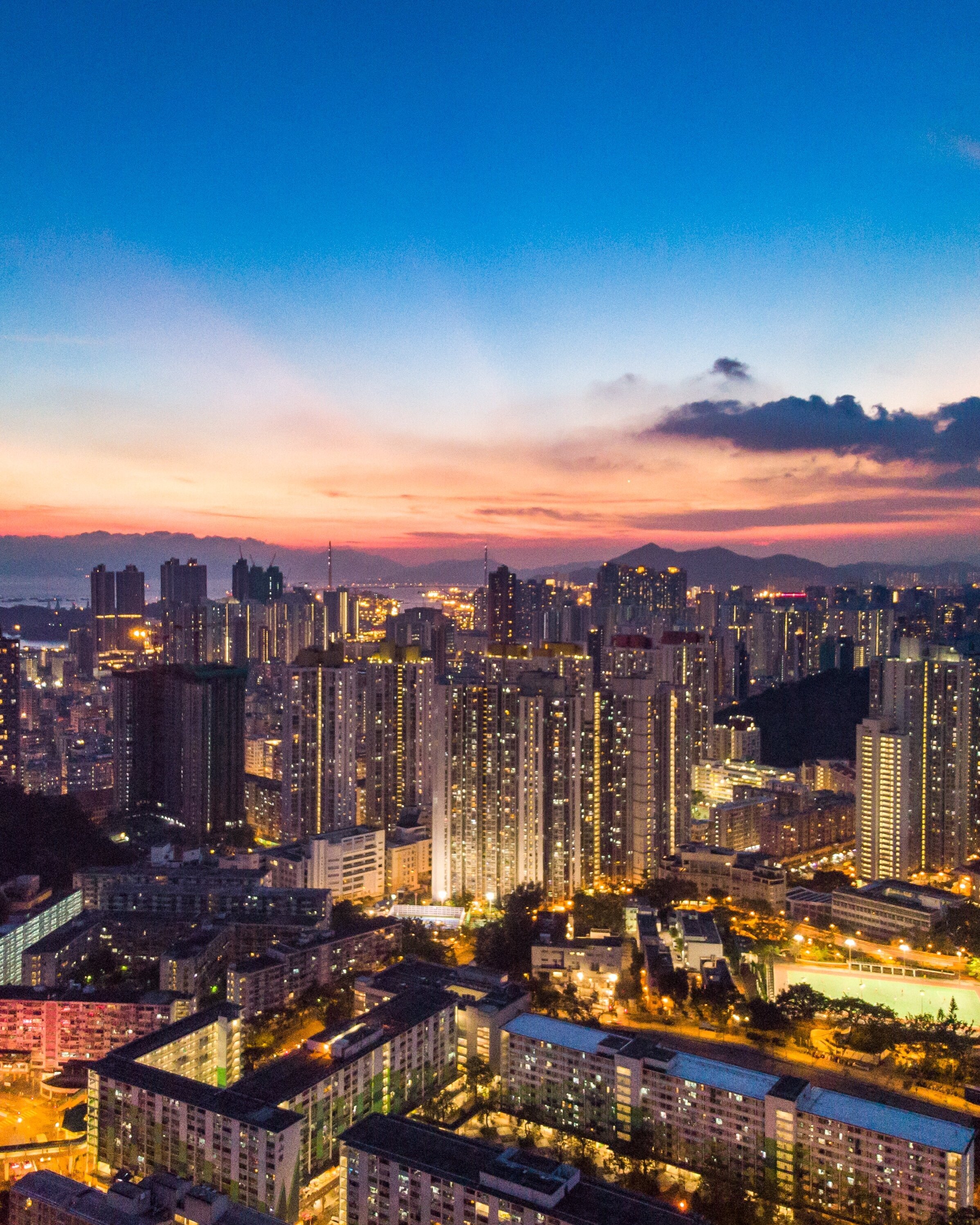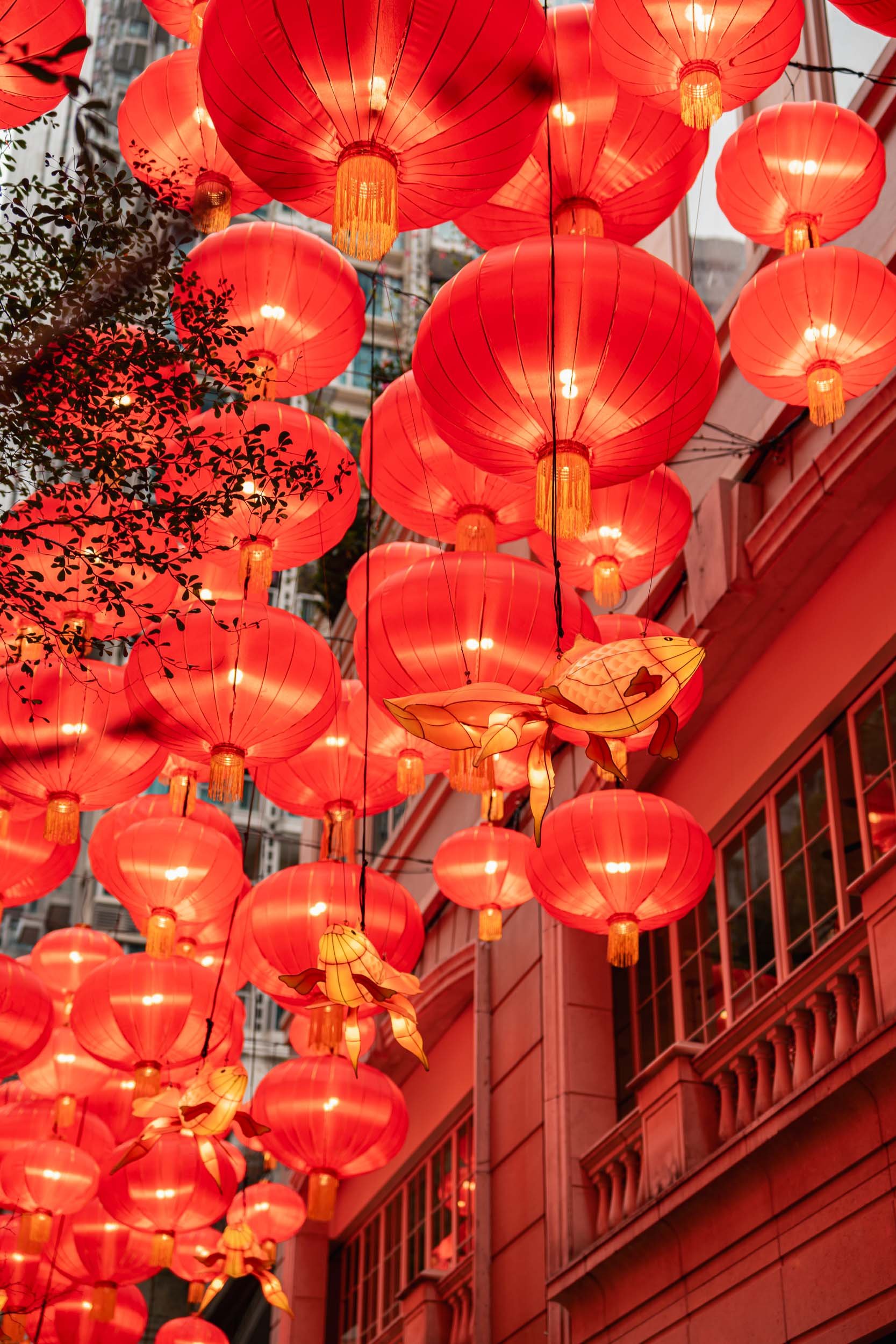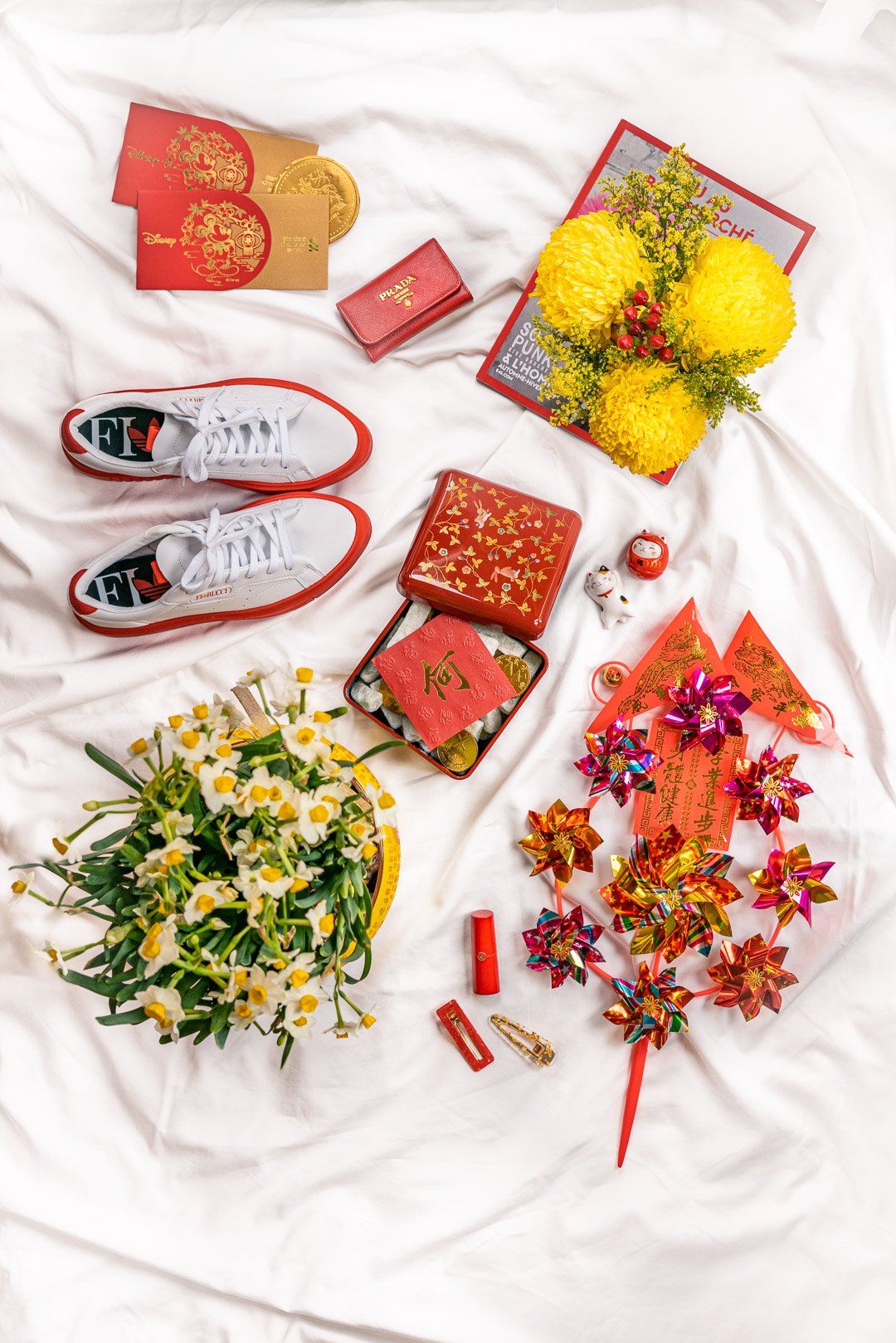Neighbourhood Guide to Kowloon Tong: Where English Counties Meet Transit Mayhem
Kowloon Tong started as a small village near Boundary Street with a pond (the name literally means “Kowloon Pond” in Chinese).
In the 1920s, the area was modelled after the garden city movement by English urban planner Ebenezer Howard and developed into a low-density residential area with a distinctly suburban feel. It was attractive to expats and street names became reminiscent of English counties—Cornwall Street, Somerset Road, Rutland Quadrant. The area is still considered attractive to many due to its network of schools plus convenience—this is where the MTR lines cross between Kowloon (Kwun Tong Line in green) and New Territories (East Rail Line in light blue) and trust me, you do not want to be stuck here during rush hours. Fun fact: A notorious amount of love hotels was built in the early days thanks to the low-rise building requirements imposed, coupled with Tsim Sha Tsui night clubs reaching their heyday in the 1970s. Taxi rides to and fro were short but numbers have dwindled since then.
Contents
-
-
Hiking along Beacon Hill
-
Festival Walk
-
King’s Palace Congee & Noodle Bar (closed)
What to See in Kowloon Tong
City University of Hong Kong
One of the 8 public universities in Hong Kong, the campus and residence buildings stretch across Kowloon Tong and Shek Kip Mei. The most notable structures are Lau Ming Wai Academic Building, which towers over Tat Chee Avenue outside Festival Walk; and the Run Run Shaw Creative Media Centre, which houses the School of Creative Media and is an award-winning design that resembles a shard of a spaceship.
What to Do in Kowloon Tong
Hiking along Beacon Hill
Located within the Lion Rock Country Park, Beacon Hill stands 457m high and is part of the Kowloon Mountain Range located on the border of Kowloon and New Territories, with a plethora of up-market residences clustered around its base. If you take the East Rail Line from Kowloon Tong to Tai Wai, you might recall passing through a long and dark tunnel — you guessed it, that’s Beacon Hill you’re passing underneath.
Beacon Hill derives its name from the Great Clearance during the Qing Dynasty when beacon towers were built on the hills for coastal defence. When viewed from the side its three small peaks stand side by side, resembling the shape of a calligraphy brush stand, also hence its Chinese name.
There are many ways to hike up Beacon Hill. The most direct way is to start at Phoenix House and walk uphill along Lung Yan Road until you reach the approach surveillance radar station maintained by the Civil Aviation Department. We opted for a longer route, starting from Eagle’s Nest Nature Trail behind Lai Chi Kok, up to Beacon Hill and turning back down at Lion Rock Country Park before the ascent to Lion Rock Head. You can view the route I took here.
The viewpoint along Lung Yan Road offers sweeping views of Kowloon Peninsula up-close, from Lam Tin in the east to Stonecutters Bridge in the west. On a clear day, you would be able to see across the harbour to Hong Kong Island to Jardines Lookout and the Peak.
Where to Shop in Kowloon Tong
Festival Walk
I spent most of my life, especially childhood, here. Weekend breakfasts were McDonald’s or Kentucky’s, piano and skating lessons after school. The mall comes equipped with a variety of restaurants (I recommend Amaroni’s or Greyhound Café), some bigger brand names like H&M and Uniqlo, even a cinema and ice rink. A good mix for everyday shopping but don’t expect much otherwise.
What to Eat in Kowloon Tong
King's Palace Congee & Noodle Bar (now closed)
On the pricier end of congee spots, the congee is of a rich consistency unlike any I’ve had in Hong Kong. It’s considered comfort food for me when I need a little pick-me-up after a long day.
My favourites:
Char siu rice with egg 食神叉燒飯 — Hands-down my favourite char siu rice I’ve had in Hong Kong. Remember to ask for the egg sunny-side up and extra sauce to mix in with the rice.
Scholar congee 狀元及第粥 — Legend has it that a grass-root scholar used to earn his meals by delivering fresh produce to a congee stall, where the owner would then serve him a bowl of congee with pig innards. This is by far my favourite congee but it’s less common due to the many ingredients required. If you’re not good with innards but are interested in trying, this would be a good stepping stone as it doesn’t have any of the unpleasant tastes normally associated with these foods.
Pig intestine 粉腸 — A small portion served cold and dipped in soy sauce, with a chewy texture to it. Again, this is a very decent and clean place to eat innards.
Feeling inspired?
Check out more local guides below!











